
An Alphabet for Grasses: Making Complex Simple with Chinese Brush Painting
Sumi-e Painting
Seeking the Simple Strokes
There was a first time
I heard about the Aleph
I heard of it as
God’s First Stroke,
or
the first stroke of the universe;
the first letter of a sacred alphabet.
Jorges Borges explains it as a point that holds everything:
his “The Aleph” and Borges’ poetry.
Drawing letters
playing with curves
might allow me to explore the strokes I like best.
and choose from among them.
I want to find the strokes that have the most meaning,
that communicate the most.
A powerful “M”.
A happy “K”.
But, though I do love alphabets now that I am older,
they do not make as much sense to me as grasses do.
The messages in letters are hidden and human.
Certain strokes do
hold more than others.
And this is a magical idea.
It is what I learned
painting these grasses, recently.
But back when I first heard about the Aleph,
before I stumbled upon a ?first stroke? of my own,
I was coming from science.
I could only understand the Aleph as
a tree.
In the evolutionary tree, for example,
forms branch from their parents
So I looked around me,
waiting to observe something
that appeared to me as a ?first stroke?.
Then
I found
seeds in my garden
sprouting in circles, too.
It might be that making a circle is
the best way for a seed to discover light.
It might circle around to pinpoint the strongest source
in the dark soil
of its beginning.
Grasses offer all the possible curves,
They blow in the winter wind here, in our prairie climate.
I trust these curves implicitly, informing about beauty
in a way that
I do not naturally trust human-made letters and alphabets.
Not every curve
I see
in the grasses
is unfolded in a way
I would like to paint.
But every curve
makes sense to me.
I can test it, respond to it, in my own strokes.
When I paint grasses I always begin with one curve.
If that curve holds everything, it’s an aleph and I stop.
If that curve looks like it will fall, like the letter ?P?,
I add a second blade.
And I continue in this way,
adding blades,
until I find balance.
I don’t know if anyone else thinks of grasses as forming alphabets,
But I am able to ask a question in this exploration.
And I am surprised that whether or not
the strokes I make here
result in an image of complexity or simplicity,
the message is the same.
The beauty should be equal.
Laura Maaske
July 11, 2014
Written and Painted by Laura Maaske, MSc.BMC, Medical Illustrator & Medical Animator
To see more chinese brush paintings, or to purchase them,
visit my Etsy Shop.
????????????????????????????
Laura Maaske – Medimagery LLC
Medical Illustration & Design
????????????????????????????

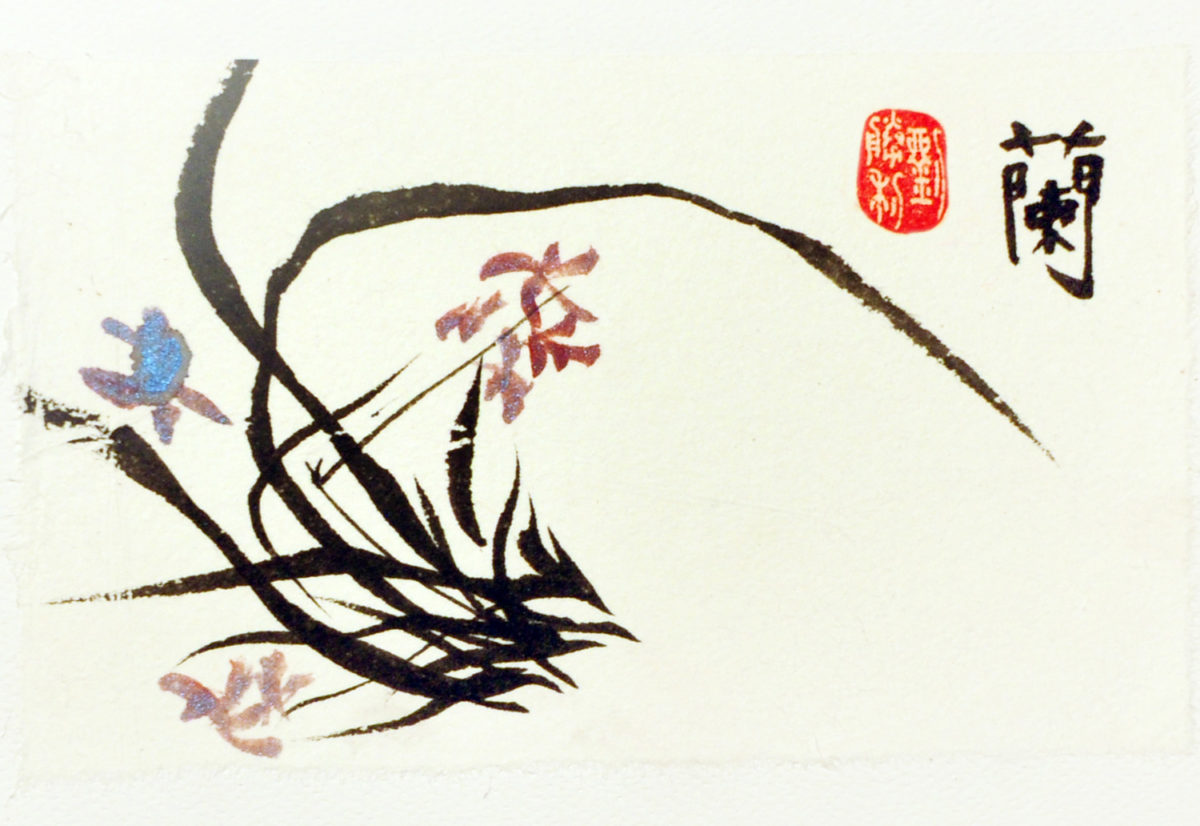
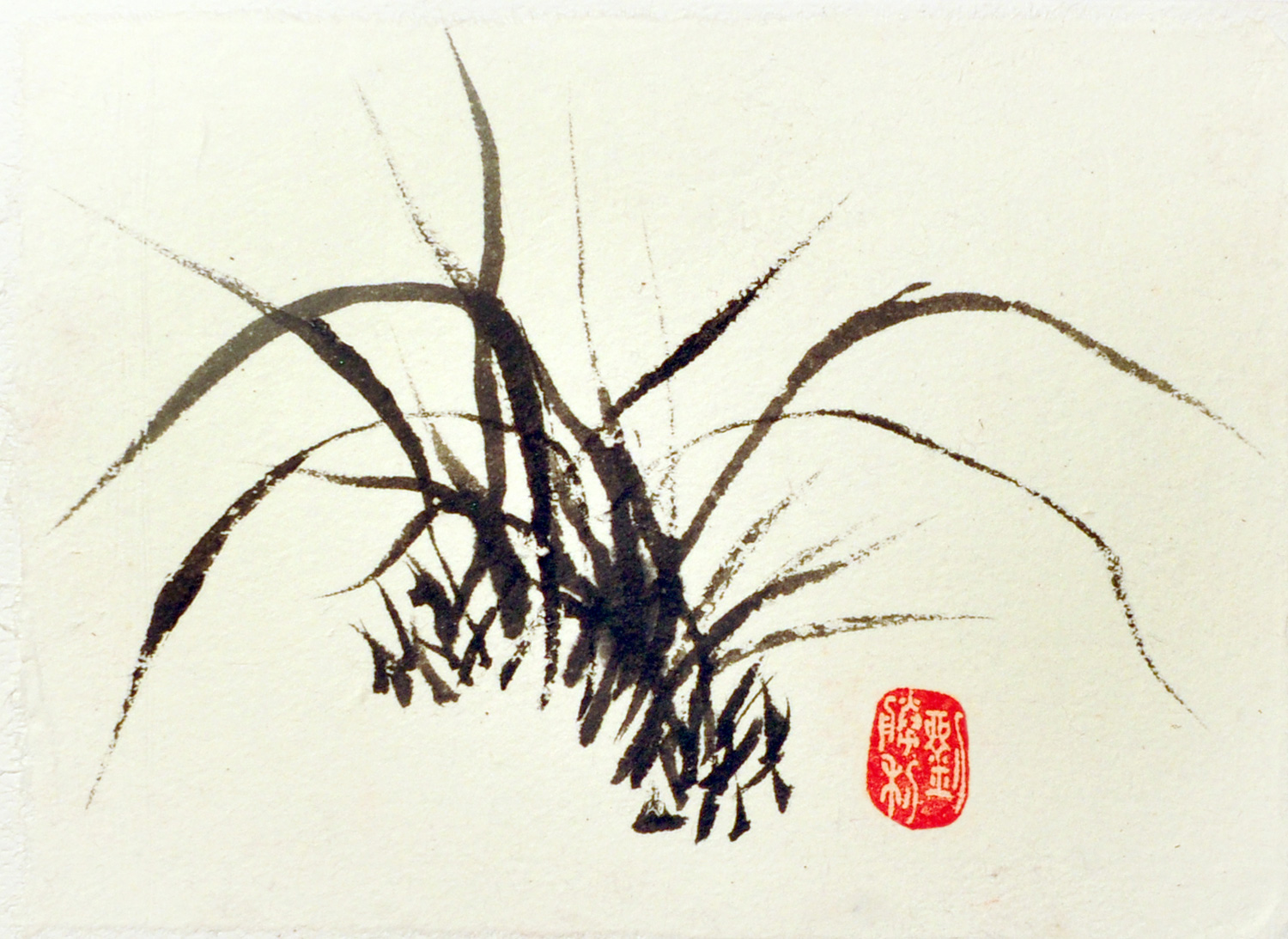
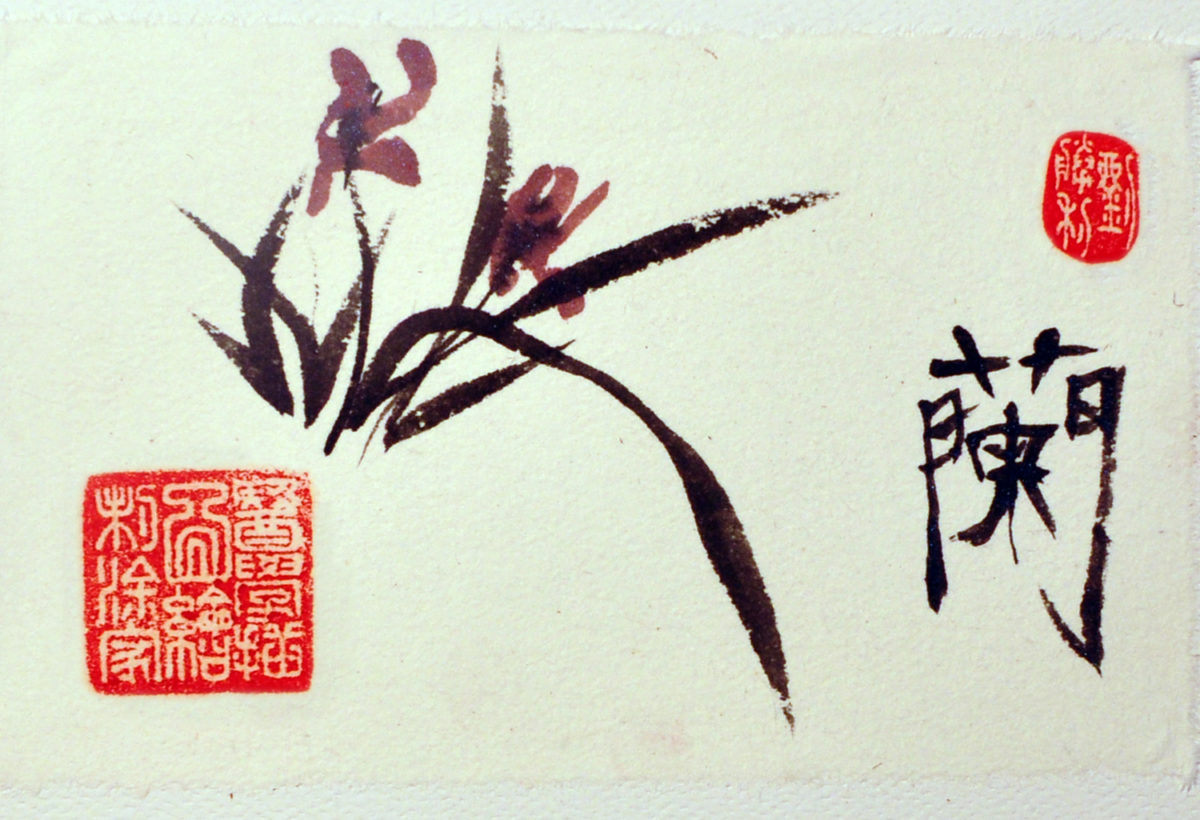
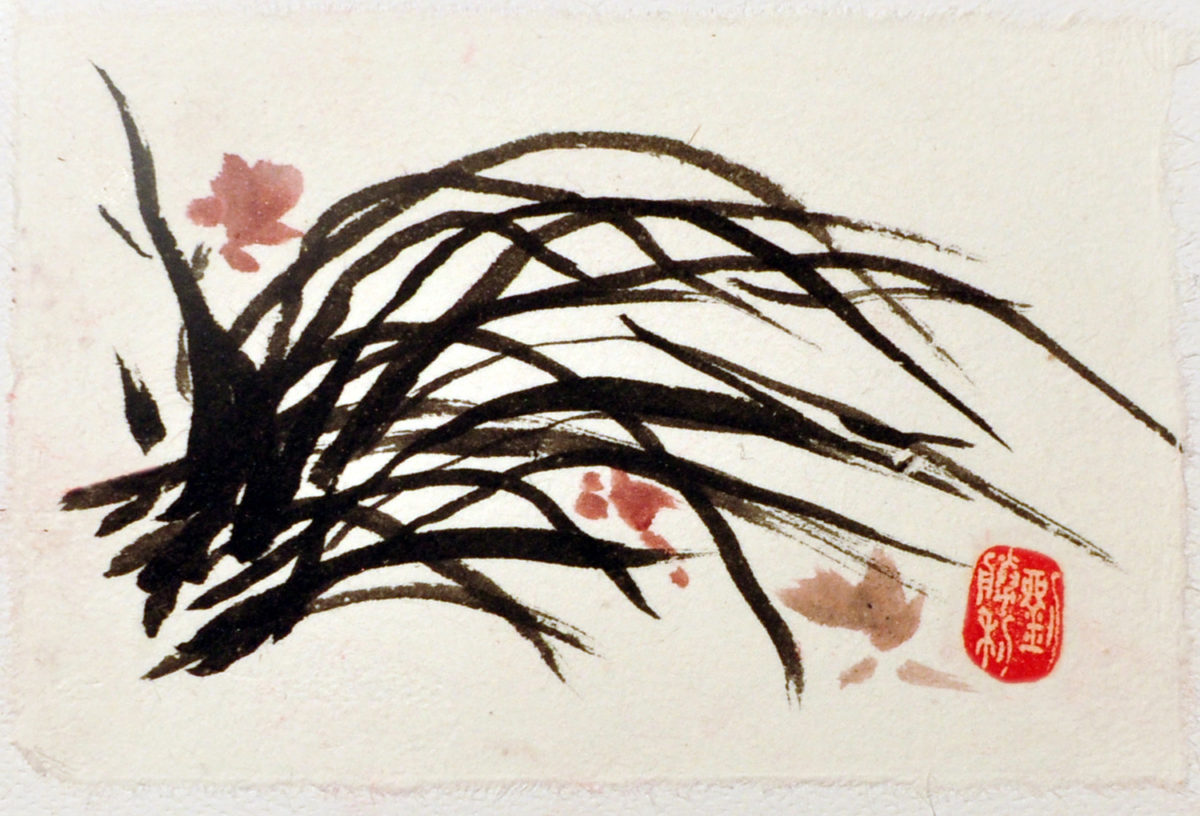

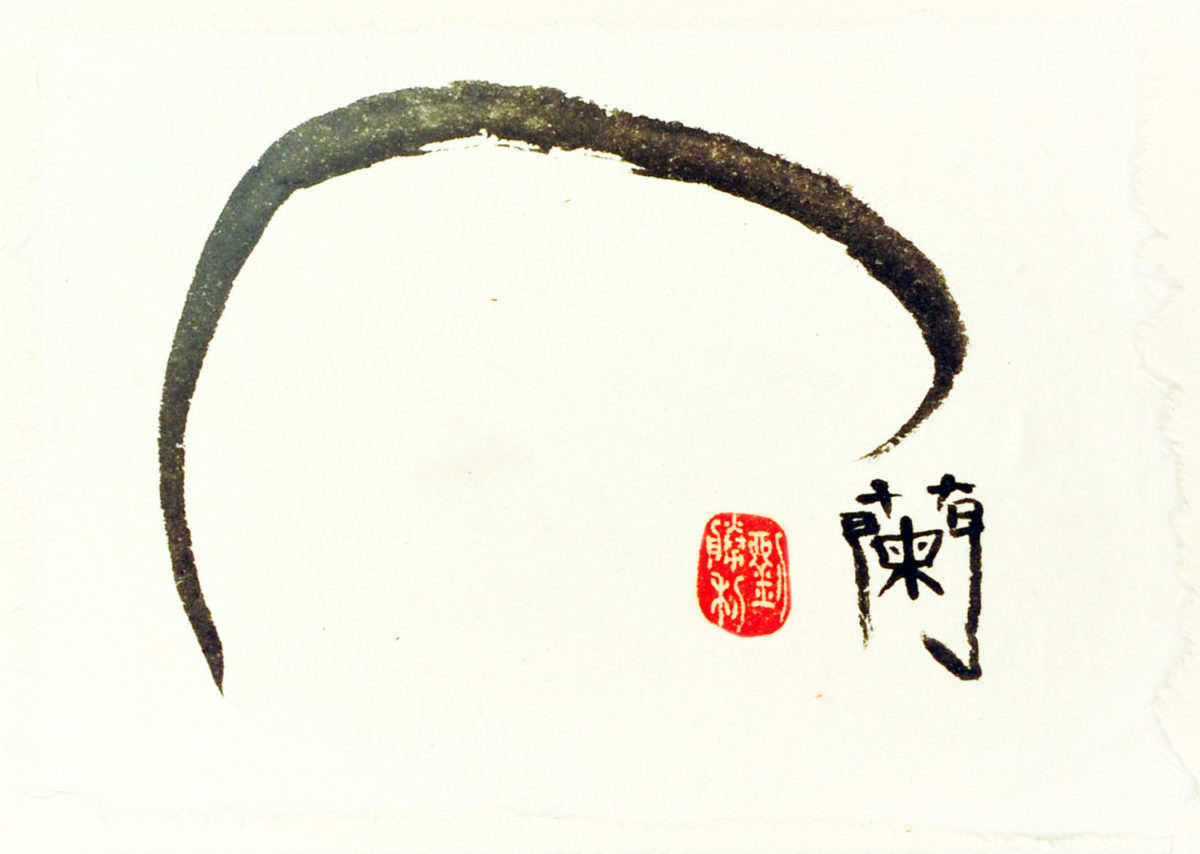
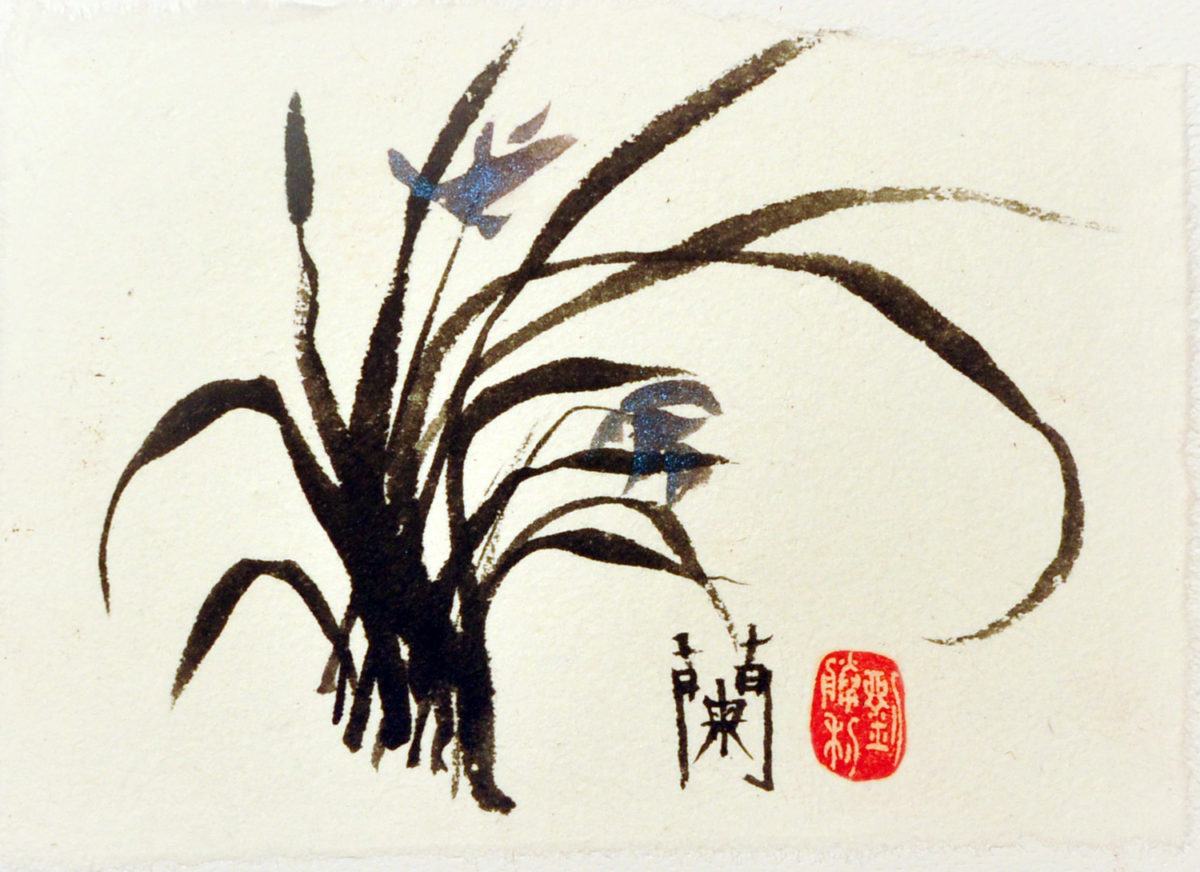

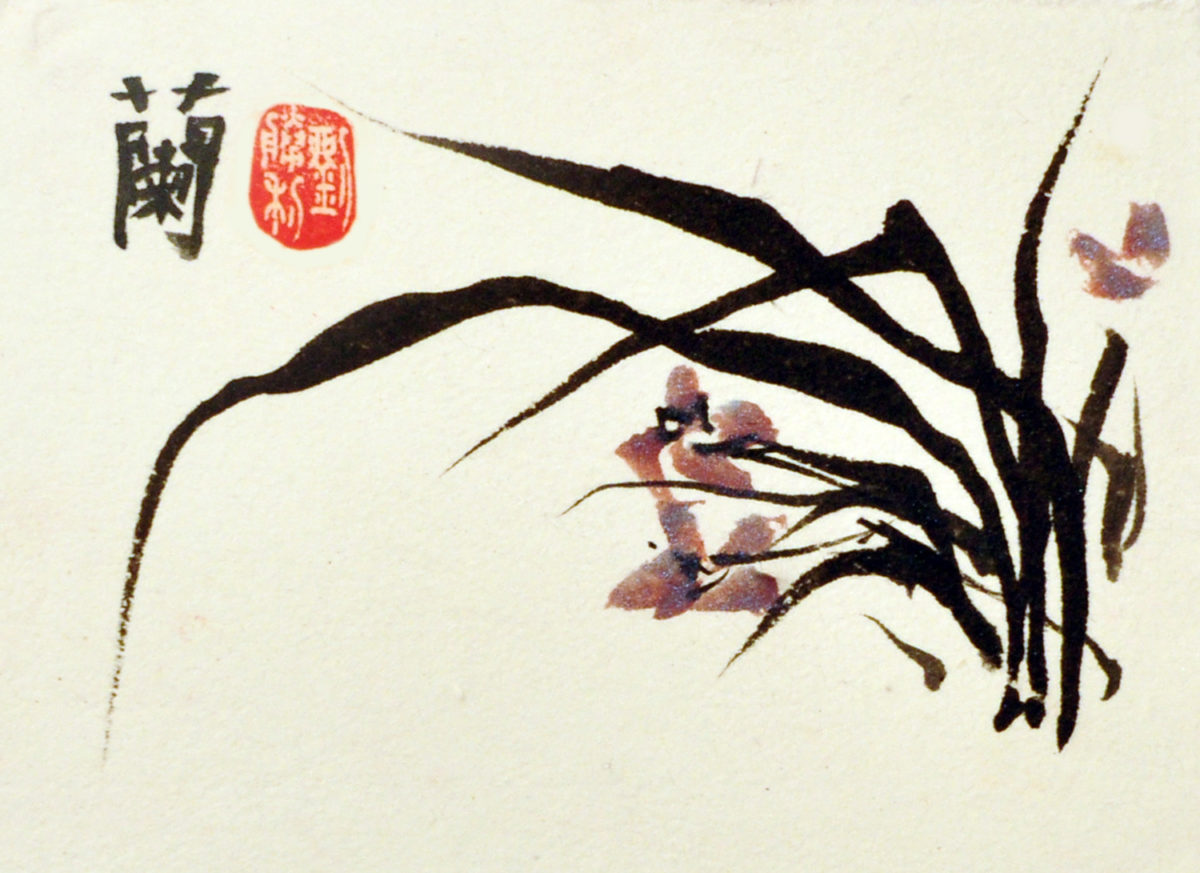

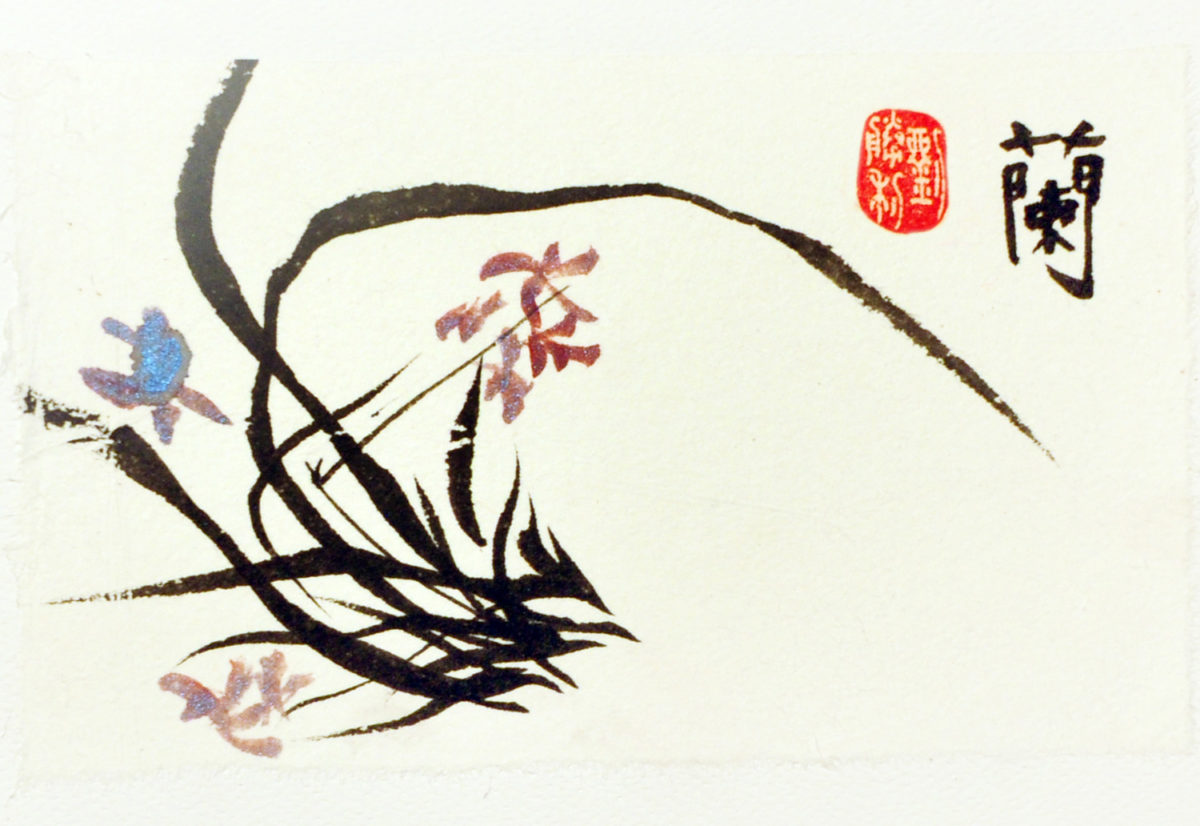



This exploration resonates; thank you.
I want to ask: is your brush rotating? Or only changing pressure?
Craig, before I make a stroke, I examine my brush tip to determine which rotation will create the desired impact. Then, in the grasses, for example, as I am moving the brush on paper, I will be examining the shape of my brush tip as I proceed. If I need to make a thinness in the grass blade, I will turn the brush toward the thinness. When I am ready for the stroke to end, I need to rotate the brush for the desired ending. Make sense?